



Industrial plc chip
Industrial control PLC chip is the core component of the industrial control system, like a brain commanding the operation of the whole system. The following is a detailed introduction for you:
Main types and functions:
Microprocessor (CPU) chip: As the core of PLC, it is responsible for executing the user program stored in the programmable memory, interpreting the program instructions, performing arithmetic and logical judgments, and controlling the work of other modules. For example, when dealing with logic control, sequence control, timing, counting and arithmetic operations, its performance directly determines the processing speed and efficiency of the PLC. From the early 8-bit processors to the current 32-bit and even 64-bit processors, the processing power has increased dramatically. High-performance microprocessors can significantly improve the processing speed and computing power of the PLC, especially critical for complex control programs.
Programmable Memory Chip: Used to store the operating system of the PLC and the control program programmed by the user. Early mainly used EPROM (Erasable Programmable Read-Only Memory), data can be reprogrammed through the ultraviolet erase, and later EEPROM (Electrically Erasable Programmable Read-Only Memory) due to the characteristics of electrically erasable and rewritable gradually replaced the EPROM to become the mainstream, which supports multiple erase and write to improve the flexibility and convenience of programming. In addition, Flash Memory is often used as program and data storage media, with better performance and larger storage capacity.
I/O Interface Chip: It is responsible for the data exchange between PLC and external devices, so that PLC can obtain external input signals, such as sensor detection data, etc., and transfer the processed output signals to the actuator to control the operation of the device. Different I/O interface chips support different types and quantities of input and output signals to meet the needs of various industrial control scenarios.
Communication interface chip: It supports PLC to communicate with other devices or networks through different communication protocols to realize data transmission and sharing. For example, common communication protocols include Modbus, Profibus, Ethernet/IP, etc. The communication interface chip ensures that the PLC can communicate and interact effectively with other PLCs, upper computer, touch screen and other devices, thus building a complete industrial control system network.
Clock chip: It provides PLC with accurate time reference, which is very important for applications requiring timing control, such as starting or stopping devices at regular intervals, performing operations in chronological order, and so on. The precision and stability of the clock chip ensures the accuracy of the PLC system in time control.
Working Principle: When the PLC is running, the CPU chip first reads the program instructions written by the user from the programmable memory, and then samples the input signals, which come from a variety of sensors or devices connected to the PLC. the CPU chip processes and calculates the input signals according to the logic and algorithms in the program, and produces corresponding output control signals. These output signals are transmitted to the actuators, such as motors, valves, relays, etc., through the I/O interface chip, thus controlling various equipment and machinery in the industrial production process. For example, in an automated production line, when a sensor at a certain position detects the arrival of a product, the PLC receives the input signal and, after program processing, controls the corresponding actuator action, such as starting the conveyor belt to transport the product to the next station.
Performance Indicator:
Processing speed: determines the response speed of the PLC to the input signal and the efficiency of program execution. Fast processing speed of the PLC chip can complete complex control tasks in a shorter period of time, improve production efficiency and real-time system. For example, in the high-speed automated production line, for the rapid detection and control of products require PLC chips with high processing speed.
Storage capacity: including program storage capacity and data storage capacity. Larger program storage capacity can accommodate more complex control programs, while sufficient data storage capacity can store more intermediate data, historical data and system parameters. For some industrial control applications that require large amounts of data processing and storage, such as large industrial automation systems or data acquisition and monitoring systems, storage capacity is an important consideration.
Communication capability: Good communication capability means that the PLC chip can support a variety of communication protocols and has a high data transfer rate and stability. This allows the PLC to communicate efficiently with different types of devices to achieve system integration and interconnection. For example, in a large industrial network containing multiple PLC stations and a host computer monitoring system, a PLC chip with strong communication capabilities ensures timely data transmission and sharing, facilitating centralized monitoring and management.
Reliability and stability: Industrial control environments are usually complex and harsh, with electromagnetic interference, temperature changes, humidity and other factors. Therefore, the PLC chip must have high reliability and stability, can work in a variety of unfavorable conditions to ensure the continuous operation of the system. For example, in some of the production continuity requirements of the industrial sector, such as chemical industry, electric power, etc., the reliability of the PLC chip is critical, otherwise it may lead to production interruptions, equipment damage or even safety accidents.
Anti-interference ability: due to the industrial control site there are a variety of electromagnetic interference sources, such as motors, inverters, etc., PLC chip needs to have a strong anti-interference ability to ensure the accuracy and stability of the input and output signals, to prevent misuse and data errors. This involves the chip hardware design, signal processing technology and anti-interference protection measures.
Application Scenario:
Manufacturing industry: In the automobile manufacturing, machining, electronic equipment manufacturing and other industries, PLC chips are widely used in the control of automated production lines, to achieve precise control and coordinated operation of production equipment, improve production efficiency and product quality. For example, in the automobile production line, PLC chips control the action of the robot, the operation of the conveyor line, the assembly of parts and other aspects.
Energy field: including electric power system, petrochemical, natural gas and other industries. In the power system, PLC chip for substation automation control, grid scheduling and protection; in the petrochemical industry, for oil refining, chemical production process control and monitoring. For example, PLC chips can monitor and control the pressure, temperature, flow and other parameters of oil pipelines in real time to ensure the safe operation of pipelines.
Transportation industry: such as subway, light rail, railroad and other rail transit systems, PLC chip for signal system control, train automatic driving and scheduling; in the airport baggage conveyor system, boarding bridge control, etc. are also applied; in the port of cranes, loading and unloading equipment, etc., the control of the same plays an important role.
Municipal Engineering: It is used for automated control of municipal facilities such as urban water supply, sewage treatment, garbage disposal, etc. to improve the efficiency and quality of municipal services. For example, PLC chip can automatically control the start and stop of water pumps according to the water level, pressure and other parameters, to realize the automatic management of urban water supply.
Market situation: With the continuous development of industrial automation, the industrial control PLC chip market has shown continuous growth. Globally, many well-known semiconductor manufacturers and automation companies are actively involved in the development and production of PLC chips, the market competition is relatively fierce. Different manufacturers of PLC chips in terms of performance, functionality, price and other differences to meet the needs of different industries and customers. At the same time, with the promotion of Industry 4.0 and intelligent manufacturing, the performance requirements for PLC chips are constantly improving, with higher processing speed, stronger communication capabilities, better reliability of the PLC chip will be more popular in the market. In addition, some emerging application areas, such as smart factories, industrial Internet of Things, etc., also brings new growth opportunities for the PLC chip market.
Development trend:
High-performance: Future PLC chips will continue to pursue higher processing speeds, larger storage capacity and stronger computing power to meet the needs of increasingly complex industrial control tasks and large-scale data processing. For example, with the application of artificial intelligence and machine learning technology in the industrial field, PLC chips need to have more computing power to support the operation of these advanced algorithms to achieve intelligent optimization of the production process and predictive maintenance.
Integration: integrate more functions into a single chip, such as integrated communication interface, analog input/output, digital input/output, etc., to reduce the number of chips and the complexity of the system, improve the reliability and stability of the system, and reduce the cost and space occupied. For example, some new PLC chips may be integrated with a variety of communication protocol interfaces, so that the PLC can more easily communicate with different devices and networks, without the need to add additional communication modules.
Intelligent: stronger intelligent control and self-diagnostic capabilities, can automatically adapt to changes in the production process and abnormalities, to achieve autonomous decision-making and optimization of control. For example, when there is a malfunction or abnormality in the production process, the PLC chip can automatically analyze the cause and take corresponding measures, such as adjusting the control parameters, issuing an alarm or starting the standby equipment, in order to reduce the time and loss of production interruption. At the same time, the PLC chip will also support remote monitoring and management, convenient for users to monitor and maintain the industrial control system anytime and anywhere.
Networking: Integration with the Industrial Internet of Things (IIoT) will be closer, supporting a wider range of network communication protocols and standards to achieve seamless connectivity and data sharing with other smart devices and systems to build a more intelligent and efficient industrial automation system. For example, by connecting with cloud servers, PLC chips can upload production data to the cloud for analysis and processing, providing more comprehensive data support for enterprise production management and decision-making.
Security: With the increasing networkization and informatization of industrial control systems, security issues are becoming more and more prominent. The future PLC chip will pay more attention to the improvement of security performance, including hardware encryption, data authentication, access control and other technology applications, in order to prevent data leakage, tampering and malicious attacks, to protect the safety and stability of industrial production.

Please contact us if the source is mislabeled or violates your legal rights.
We will promptly correct and delete, thank you.
- How fast is the read speed of Winbond W2...
- The motherboard of the industrial comput...
- spi ethernet chip in qfn package
- Industrial Control Box Motherboard
- rtl8211fs ethernet chip driver
- Industrial motherboards and home compute...
- ISP chip and SoC
- ISP download chip
- Microcontroller ISP chip
- PLC chip ISP disabled
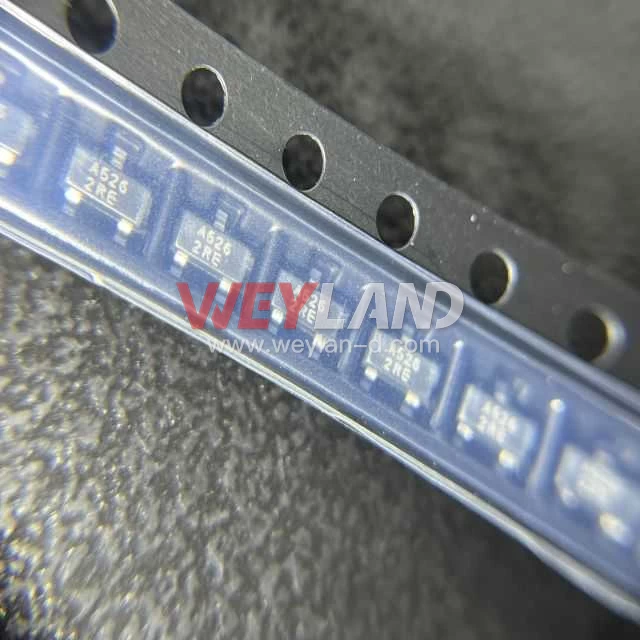
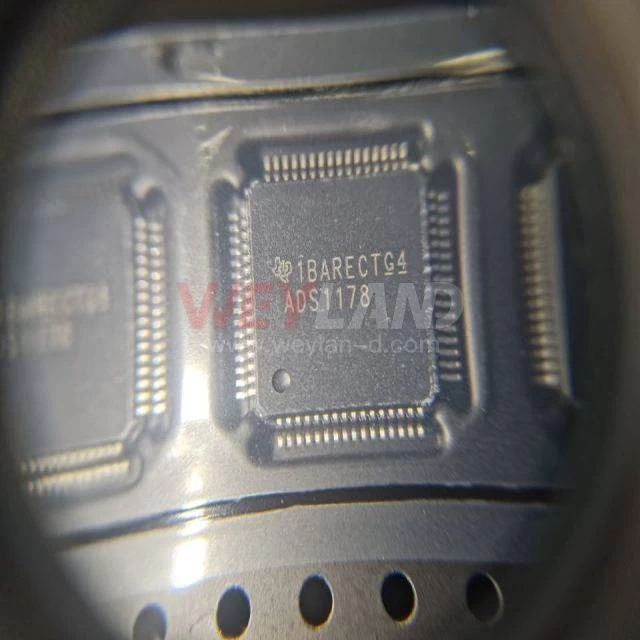
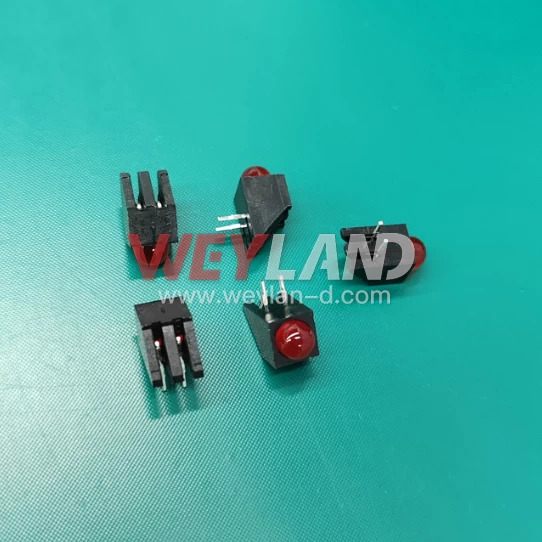
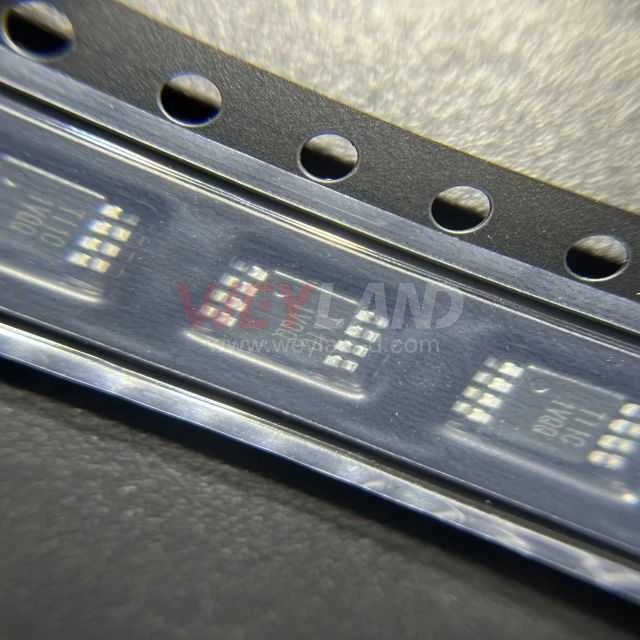
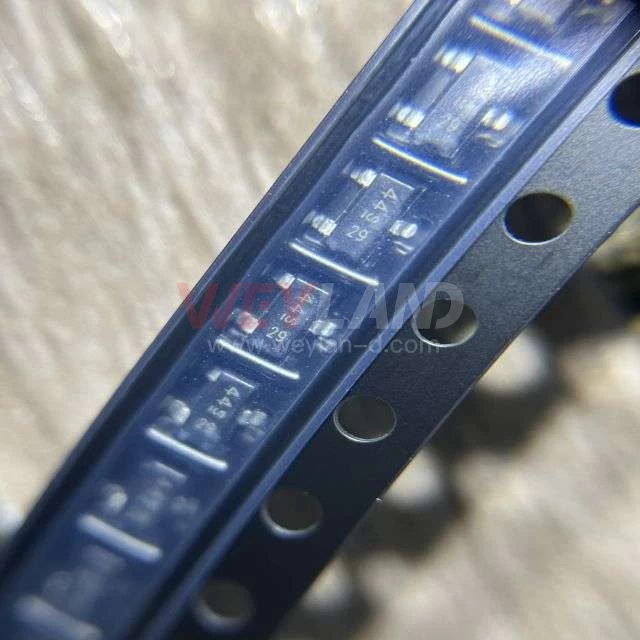
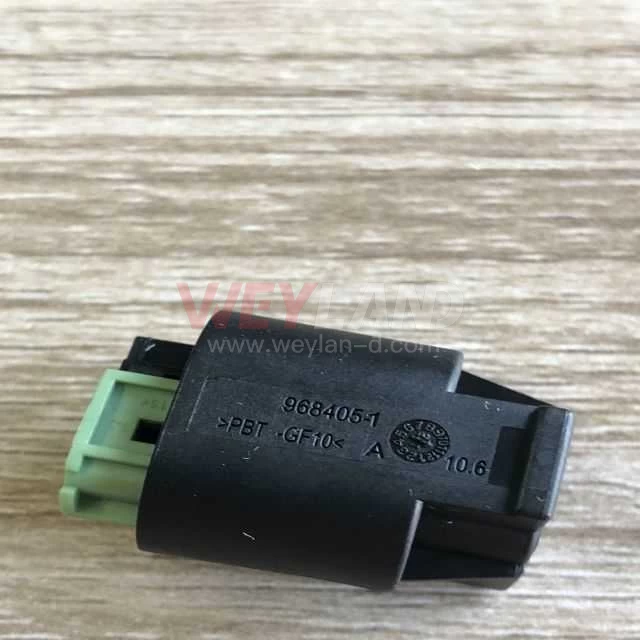
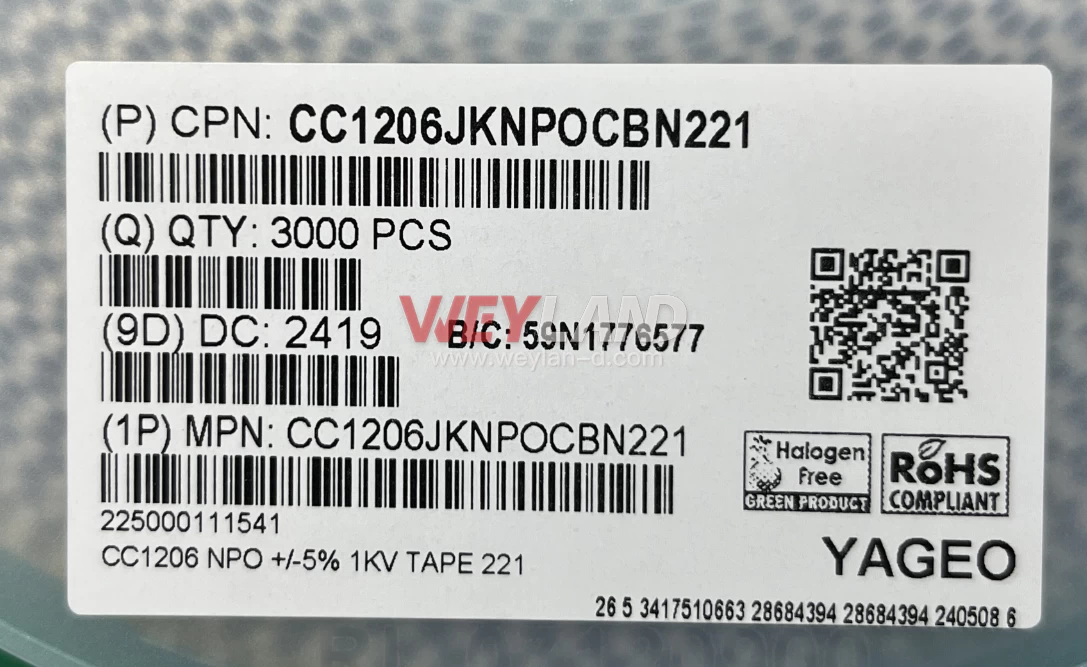



.9246509.png)












[email protected]
7500A BEACH ROAD #04-307 THE PLAZA SINGAPORE (199591)
RM 705.7/F.FA YUEN COMM BLDGNO.75-77.FA YUEN STREET.MONGKOK.KLN.HONG KONG
